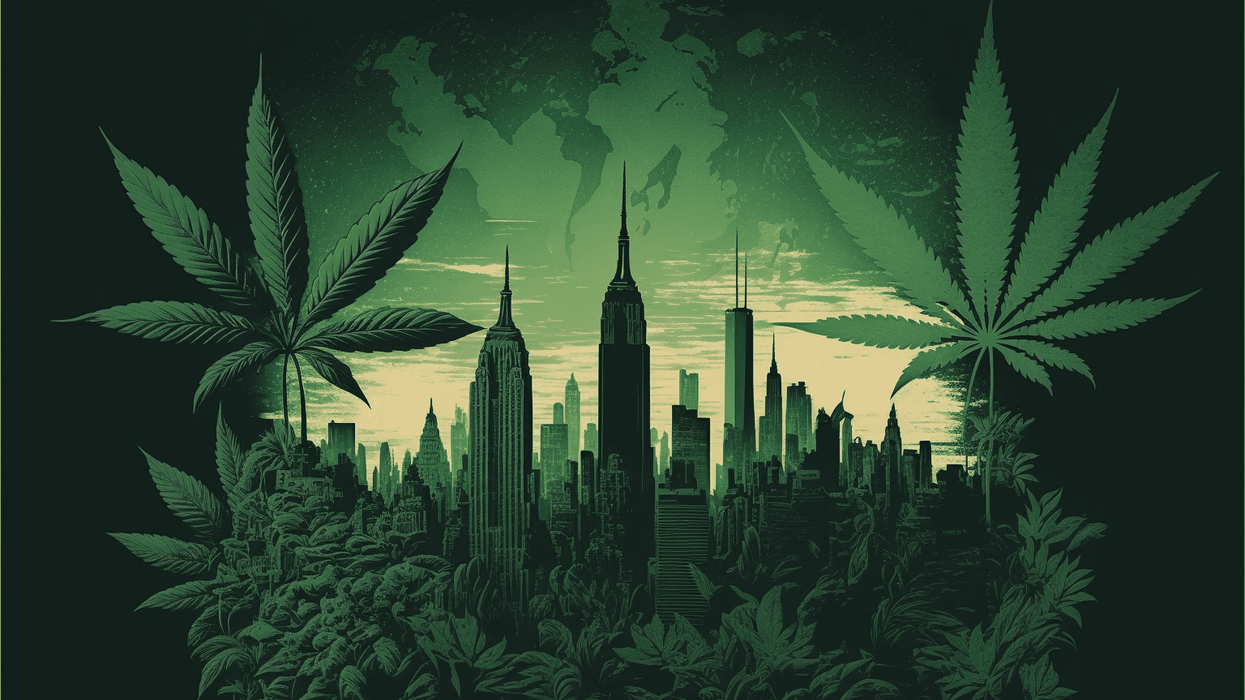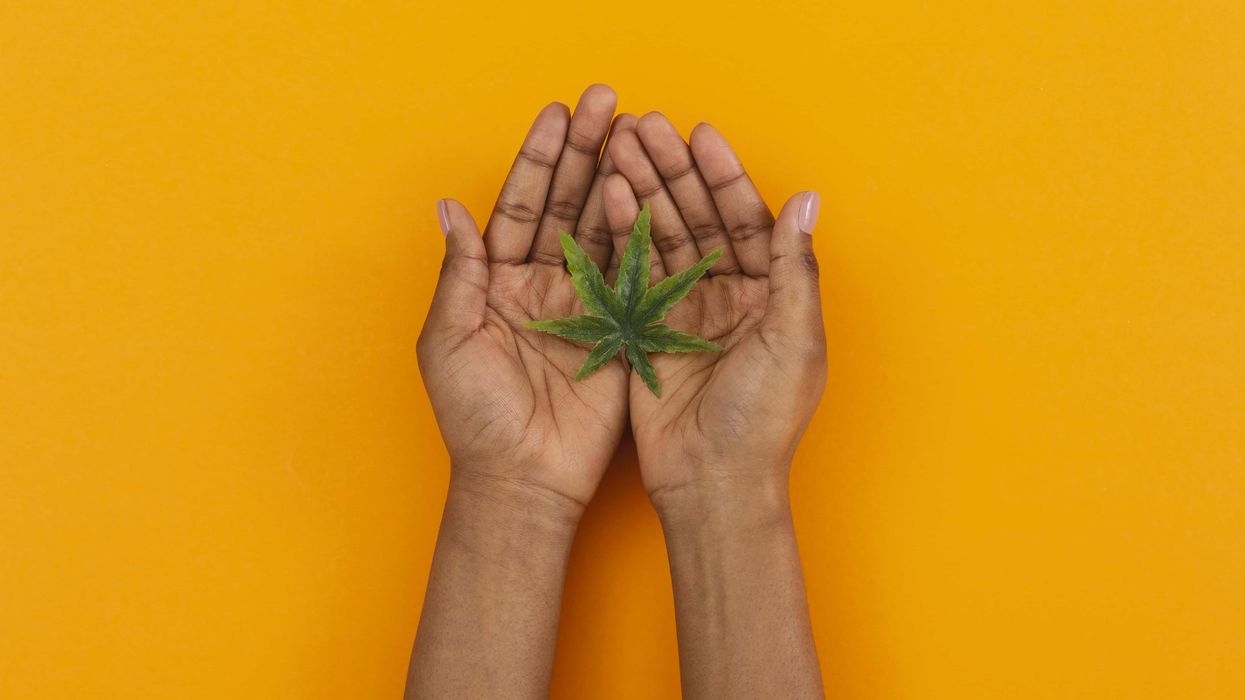The knowledge gaps around cannabis are vast, even among self-anointed connoisseurs or lovers of the plant.
Plus, most people aren’t interested in learning about the products they consume in such detail.
With cannabis, however, there’s plenty of good advice as well as bad advice floating around out there. Society is still learning how to integrate this herb, how to normalize it, and how to get the most out of it.
So, whether you’re a seasoned cannabis toker or a total newbie, here are 10 things about this plant you’ll want to know.
#1) Cannabis Works Naturally with the Body
Have you ever wondered why cannabis seems to work for so many different health maladies?
The answer lies in the endocannabinoid system (ECS), which is essentially a molecular level system that helps modulate nearly every metabolic process in your body.
In fact, every living creature with a vertebrae has an ECS.
The ECS plays a vital role in human health, and it was discovered in the late 1980s and early ‘90s when researchers began to observe how THC interacted with the human body.
They saw how THC had a binding effect with numerous sites throughout the brain, and nervous system. They called these cannabinoid receptors, or CB receptors. As it turns out, you have these receptors throughout your body. In all of your organs, your eyes, your bones, even your skin and reproductive parts.
The ECS doesn’t always function like it should. That’s where cannabis can be a big help. The ECS also responds well to vigorous exercise, nutrition, and stress-relieving activities.
Recommended article: The Endocannabinoid System and How To Keep It Strong
#2) A Lethal Overdose on Cannabis is Impossible
It’s impossible for a person to lethally overdose on cannabis. Trust me plenty of people have tried!
Seriously, there are zero recorded deaths attributed to cannabis. Sure, people have died from consuming contaminated cannabis, but it wasn’t the cannabis itself.
How is this possible, you might ask? The answer to this question takes us right back to the ECS. Human beings do not have cannabinoid receptors in their brain stems.
The brainstem is responsible for things like breathing and heartbeat. This is why alcohol and opioids can kill you, but cannabis cannot.
It is still possible to overdose on cannabis. People do it all the time. There’s even a name for it: greening out. The result isn’t death, however, just extreme discomfort, nausea, paranoia, and other unpleasant effects.
Recommended article: 11 Signs You’re Greening Out and How to Handle It
#3) The Racist Origins of Prohibition
More people than ever realize that the so-called war on drugs was and is a complete tragedy. The war on drugs has warped every system in the U.S. and has devastated communities of color.
However, most people don’t realize just how racist the war against drugs was from the very beginning.
In the 1930s, Harry Anslinger – the nation’s first drug czar and a total racist – duped congress into heavily restricting cannabis across the nation.
Anslinger, considered by many to be the father of cannabis prohibition, went on record saying all sorts of horrible, racist things. And he used cannabis restrictions to target people of color.
Recommended article: 11 Fucked Up Quotes from the Father of Cannabis Prohibition
#4) The Supreme Court Declared Original Cannabis Prohibition Unconstitutional
In 1937, Anslinger used his reefer madness message to scare congress into passing The Marihauna Tax Act.
This did not prohibit cannabis outright, however, it created a bunch of red tape for anybody who wanted to cultivate, possess, or sell cannabis.
If you failed to navigate the red tape correctly, you could find yourself in deep trouble.
In a 1969 ruling (Leary v United States), the U.S. Supreme Court declared the Marihuana Tax Act of 1937 in violation of fifth amendment rights.
A short time later, congress threw cannabis into the Controlled Substance Act.
#5) President Nixon Buried Cannabis Research
In the early 70s, congress was trying to decide where to schedule cannabis in the Controlled Substance Act.
To get to the bottom of it they tasked the Shafer Commission with what would become the largest, most extensive scientific research project on cannabis in U.S. history.
They came back with what is now called the Shafer Report, essentially advising President Nixon that decriminalization of cannabis is the most sensible course of action.
Nixon buried the report, all 4,000 pages of it. He ignored that research outright and demanded that cannabis be categorized as schedule one, so that he could use it to target his political enemies, namely people of color and the anti-war movement.
Recommended article: How Cannabis Became a Schedule I Controlled Substance
#6) The Beauty of Raw Cannabis Juicing
Contrary to popular belief, you can’t get high from eating raw cannabis plants.
But you can juice them!
Throw cannabis leaves in your smoothie and all of a sudden you’re getting cannabinoids like CBDa, THCa, CBCa, and CGBa – all with their own respective health properties and without the high
This won’t get you high because the THCa has not converted into THC yet, a process that requires heat aka decarboxylation.
The main challenge with cannabis juicing obviously is regular access to raw plant material, another reason to grow your own.
#7) The Scientific Literature on Cannabis
One of the most common things people say about cannabis is this: we need more research.
Yes, more research would be great. For cannabis and all sorts of other things.
However, cannabis research goes back much further than most people realize.
While there’s plenty of historical documentation on cannabis from Ancient Asia, parts of Europe, and even Africa, Raphael Mechoulam first isolated THC in the 1960s, and his team in Israel has led the way on cannabis research ever since.
Still not convinced?
As of July 13, 2022, PubMed – the U.S. government’s repository for peer-reviewed scientific literature – has 29,018 results for cannabis.
Acetaminophen – the active ingredient in drugs like aspirin and the cause of 56,000 ER visits and 500 deaths in the U.S. each year – has 32,118 results.
Meanwhile, methylphenidate, aka Ritalin and Concerta ADHD drugs, only has 9,817 studies in PubMed.
#8) Lots of People Still Arrested for Cannabis
In 2020, the number of U.S. cannabis arrests dropped significantly from 545,602 arrests the previous year to an estimated 350,150 in 2020.
This is progress but it’s not enough. About 91 percent of these arrests were from simple possession.
Decriminalization is just as important as legalization. Nobody should ever go to jail for cannabis possession.
#9) Bad Cannabis Can Make You Sick
Cannabis poses all sorts of contamination risks. Pesticides, mold, fungus, bacteria, dirt, insects, hair – all potential factors.
Legal markets have strict testing regulations, which are supposed to keep harmful weed off of shelves, but this isn’t always the case (which is why recalls are a thing).
If your weed comes from the illicit market, which has zero regulations, it pays to know your farmer, know where your herb is coming from.
If you think something is wrong with your weed, it’s best to throw it out.
Recommended article: Smoking Moldy Weed and How It Can Make You Sick
#10) THC-Potency Does Not Automatically Equal Quality
The fact that many people still focus on THC levels as a marker of quality shows how much society still has to learn about cannabis.
Imagine going into a liquor store and making your selection purely based on alcohol content. You’re missing out on a lot of interesting products if you do that.
Same thing with cannabis. When people hyper-fixate on THC levels, they’re missing out on the beauty of all the different terpene combinations cannabis has to offer.
Terpenes are what give cannabis strains their unique smells and flavor, and they can be found in many plants, although with cannabis the different combinations of terpenes are unparalleled.
It’s the unique terpene profiles that bring about different effects from one cannabis strain to the next. If the cannabinoids are the instruments, then terpenes are the actual music.
This is why some strains make us feel sleepy, energized, or creative. Without the demand for terpene profiles, we’re missing out on a lot of really interesting experiences cannabis has to offer.
Recommended article: Is High-THC Weed Worth It?
Need a little more Bluntness in your life? Subscribe for our newsletter to stay in the loop.
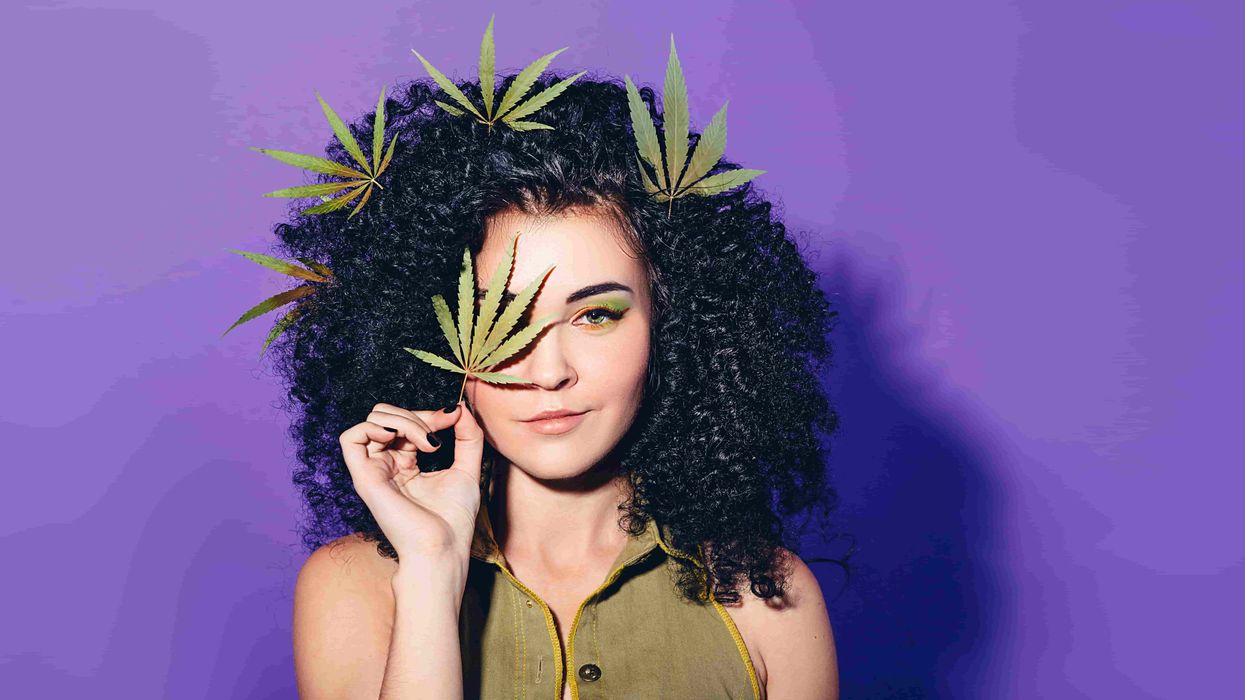

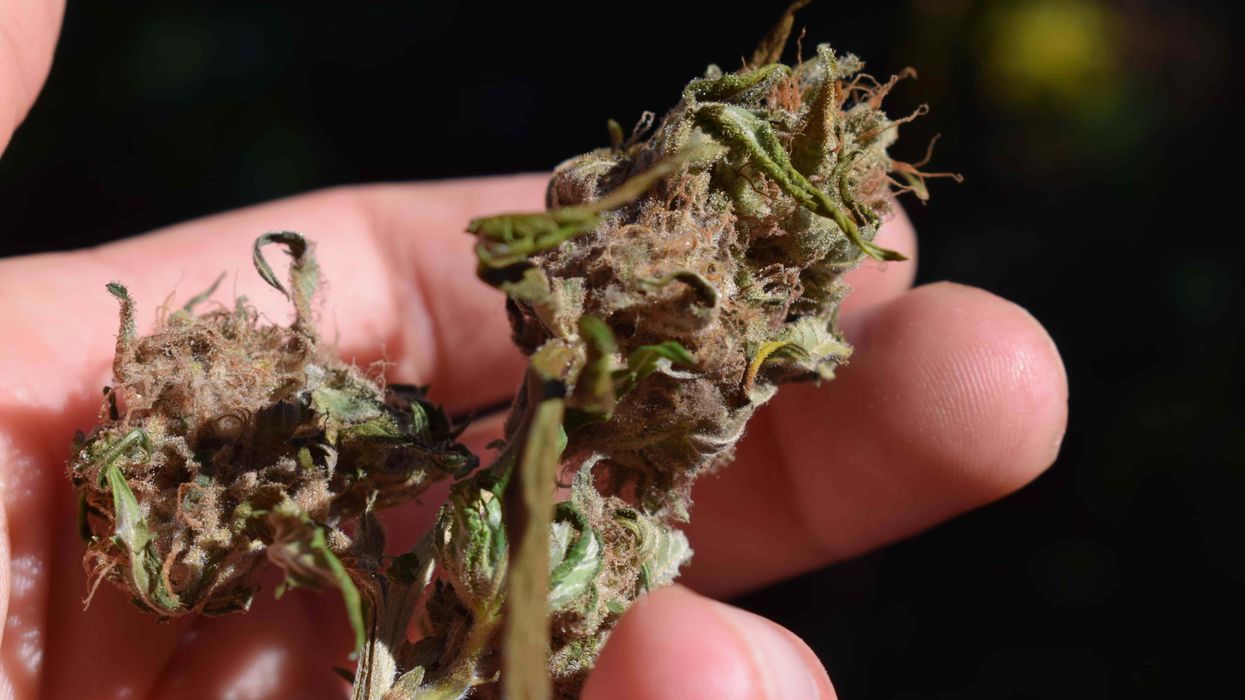

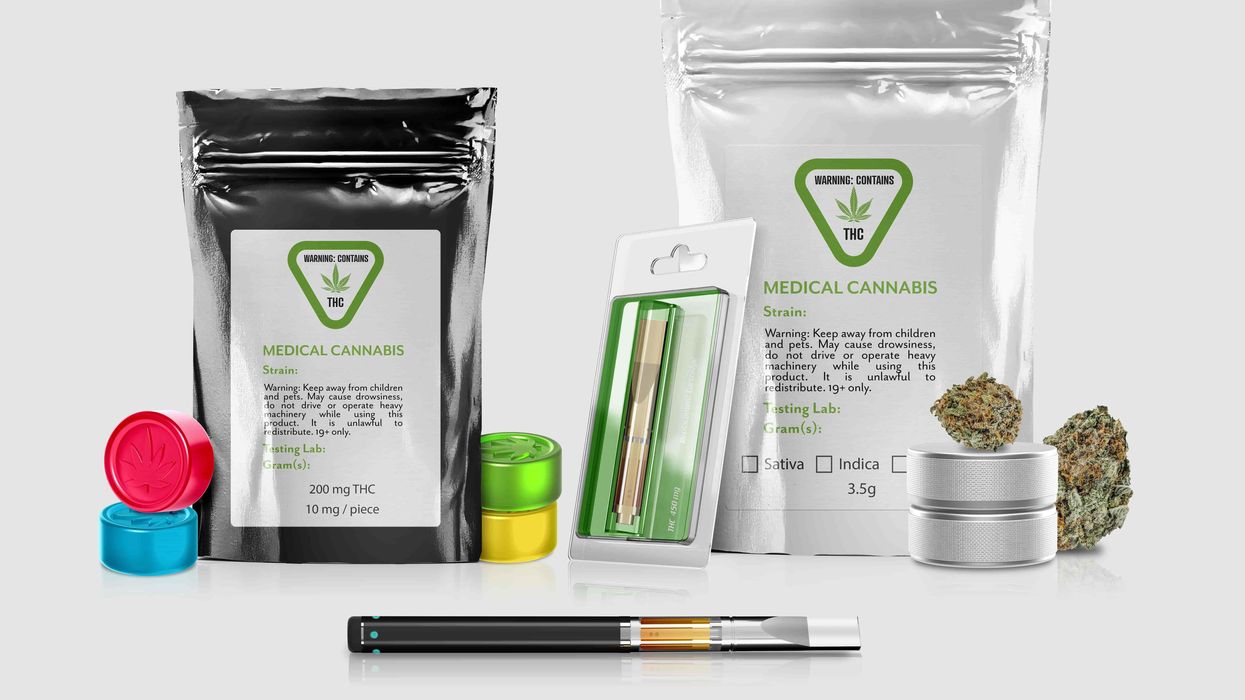


 Justin Timberlake Eye Roll Gif By Agent M Loves Gif - Find & Share on GIPHYAgent M Loves Gifs
Justin Timberlake Eye Roll Gif By Agent M Loves Gif - Find & Share on GIPHYAgent M Loves Gifs
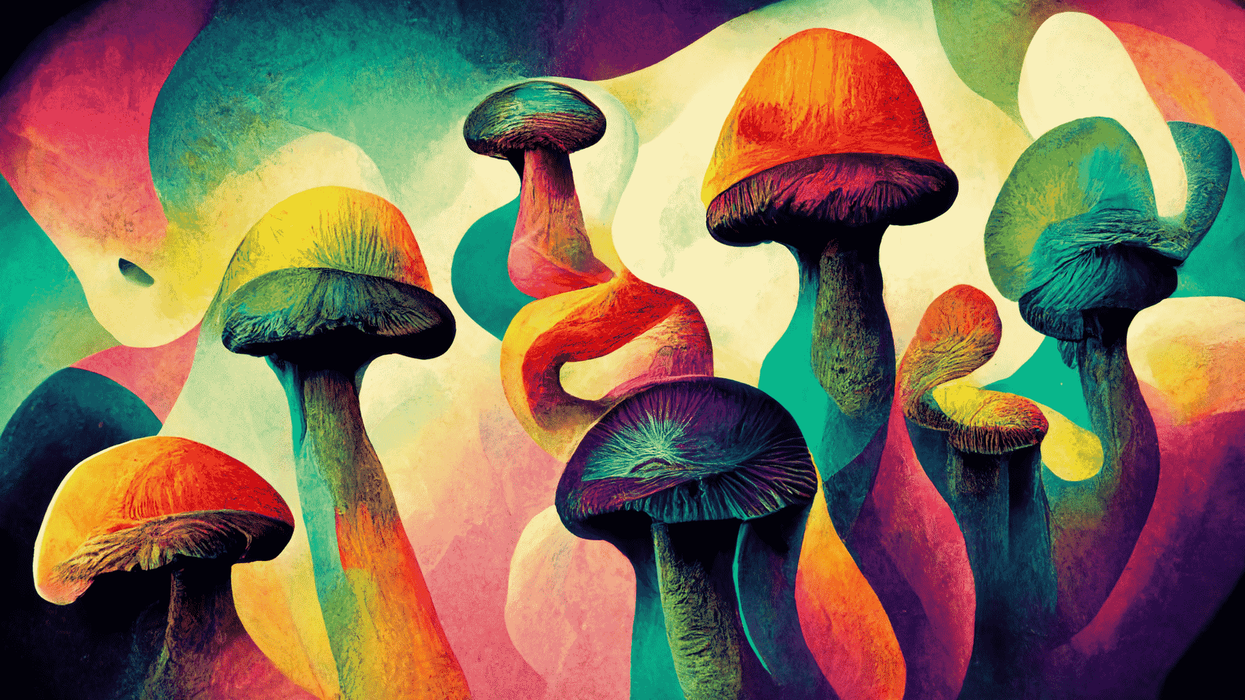


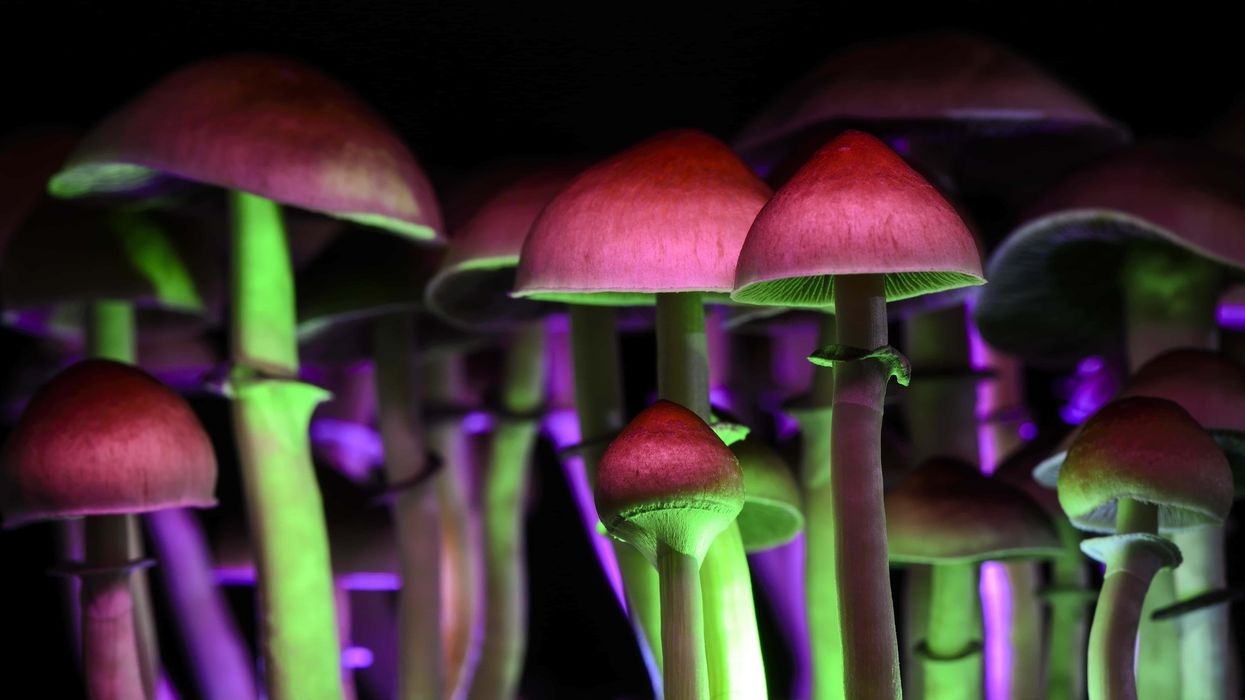
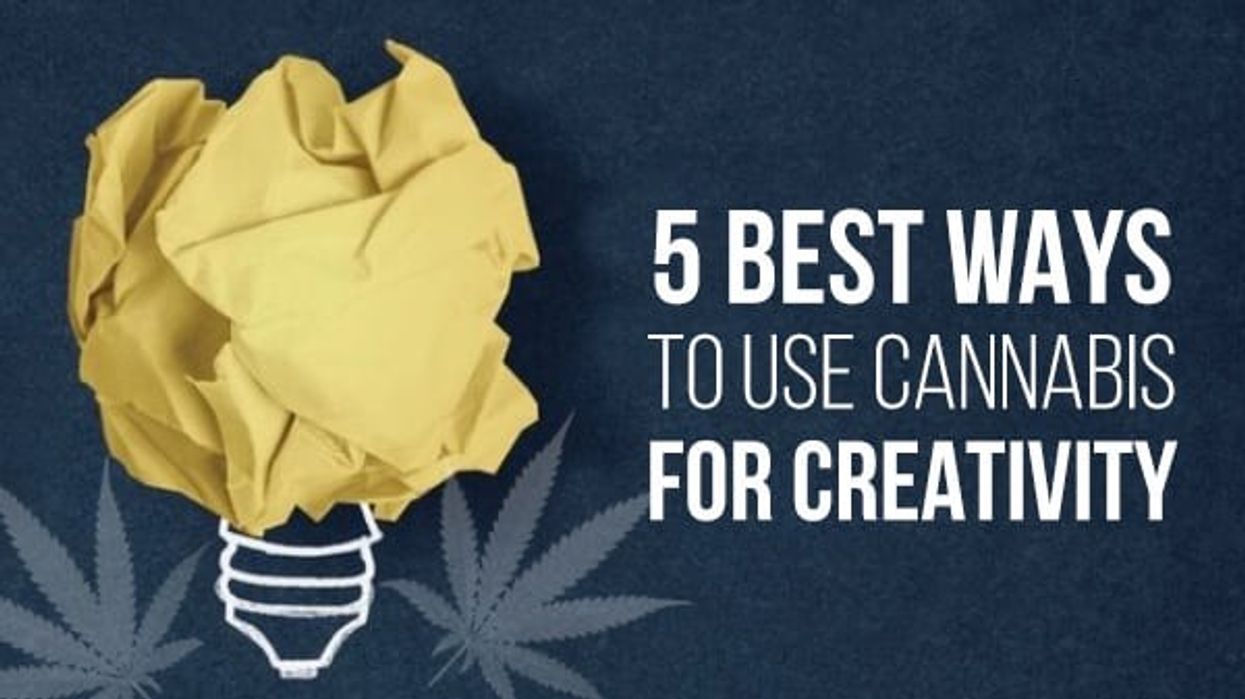
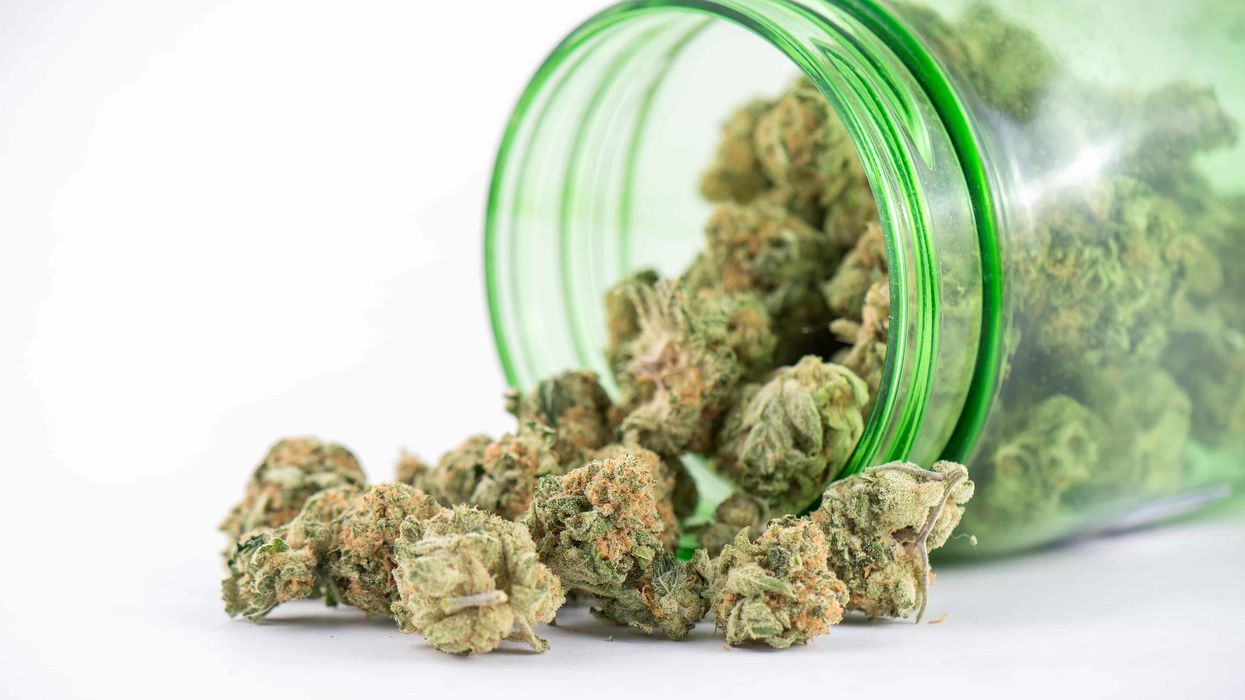

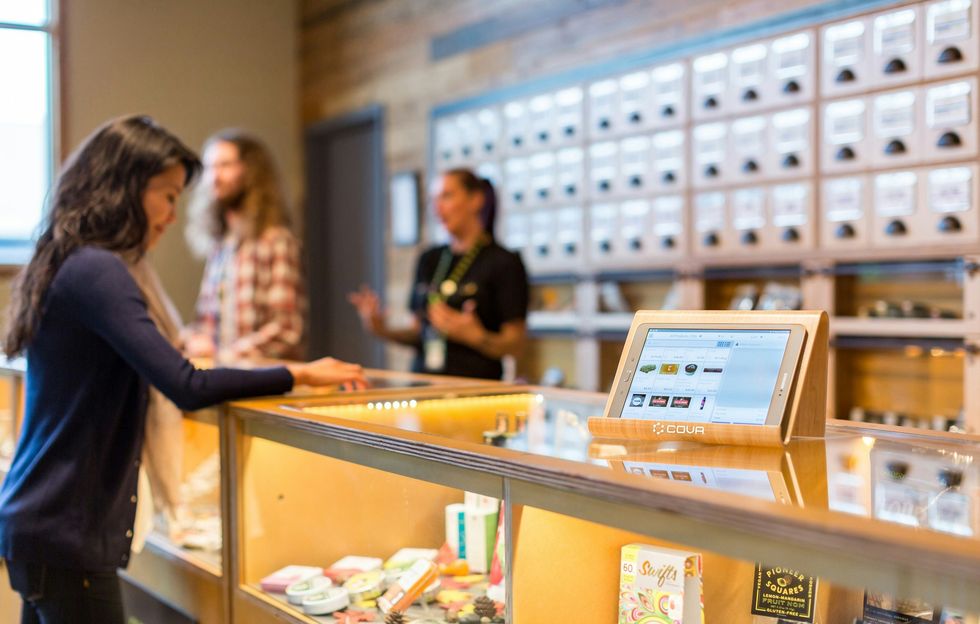 How to Become a Budtender: Complete Career Guide & Salary Information - The Bluntness Photo by
How to Become a Budtender: Complete Career Guide & Salary Information - The Bluntness Photo by  How to Become a Budtender: Complete Career Guide & Salary Information - The Bluntness Photo by
How to Become a Budtender: Complete Career Guide & Salary Information - The Bluntness Photo by 